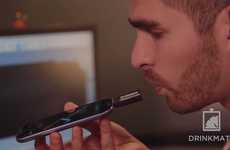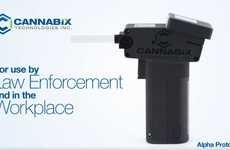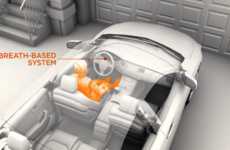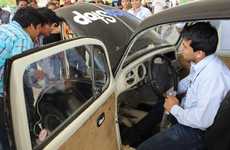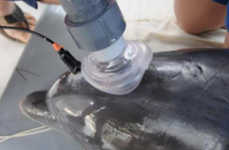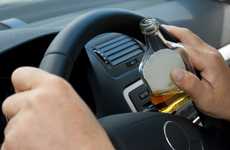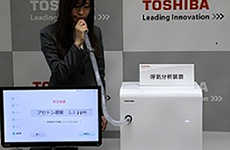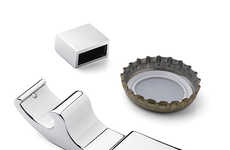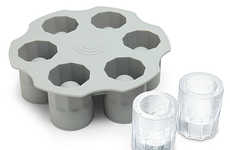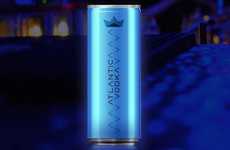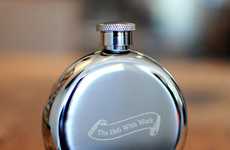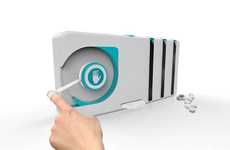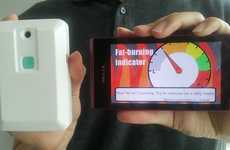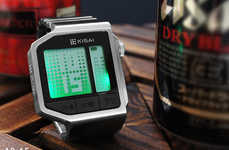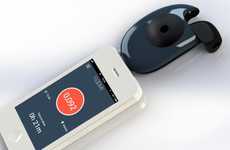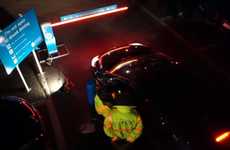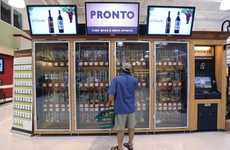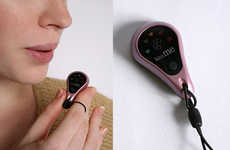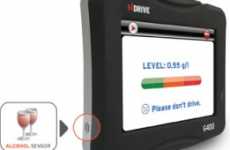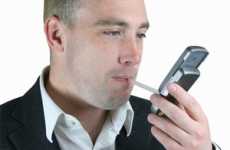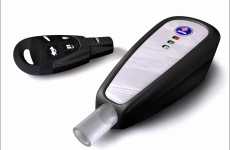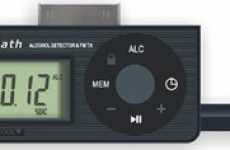
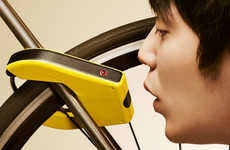

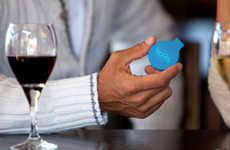
Breathalyzers receive modern, digital updates for tech-savvy consumers
Implications - Although breathalyzers were first introduced in the 1960s, the established breath sampling system is receiving a modern makeover with high end, technological updates. Smart handheld systems have the potential to revamp time-honored products and services in a way that makes brands more appealing to young, connected consumers.
Workshop Question - What is the oldest technology your company utilizes, and how could it be updated?
Trend Themes
1. Smart Breathalyzers - The trend of smart and portable breathalyzers are disrupting the traditional breath sampling system, making it appealing to young, connected consumers in the market.
2. Calibration-free Breathalyzers - Breathalyzers with easily replaceable sensor cartridges are being introduced, eliminating the need to calibrate the device every few months.
3. Breathalyzers for Safety - Breathalyzers are being integrated with devices such as bike locks, which prevent people from riding intoxicated and make it easier to arrange pickup for drunken friends or family.
Industry Implications
1. Consumer Electronics - This industry can meet the demand of smart gadgets, from wearable smart breathalyzers to smartphone breathalyzers, as the technology is being developed and introduced to the market.
2. Automotive - Breathalyzers are disrupting the conventional drunk driving tests which further expand opportunities for breathalyzers to be used in automobiles.
3. Public Safety - As the breathalyzers continue to improve and diversify, the systems could be integrated into public services (i.e. workplace and police stations), improving accuracy and convenience.
